How Emily Weiss is fixing Glossier
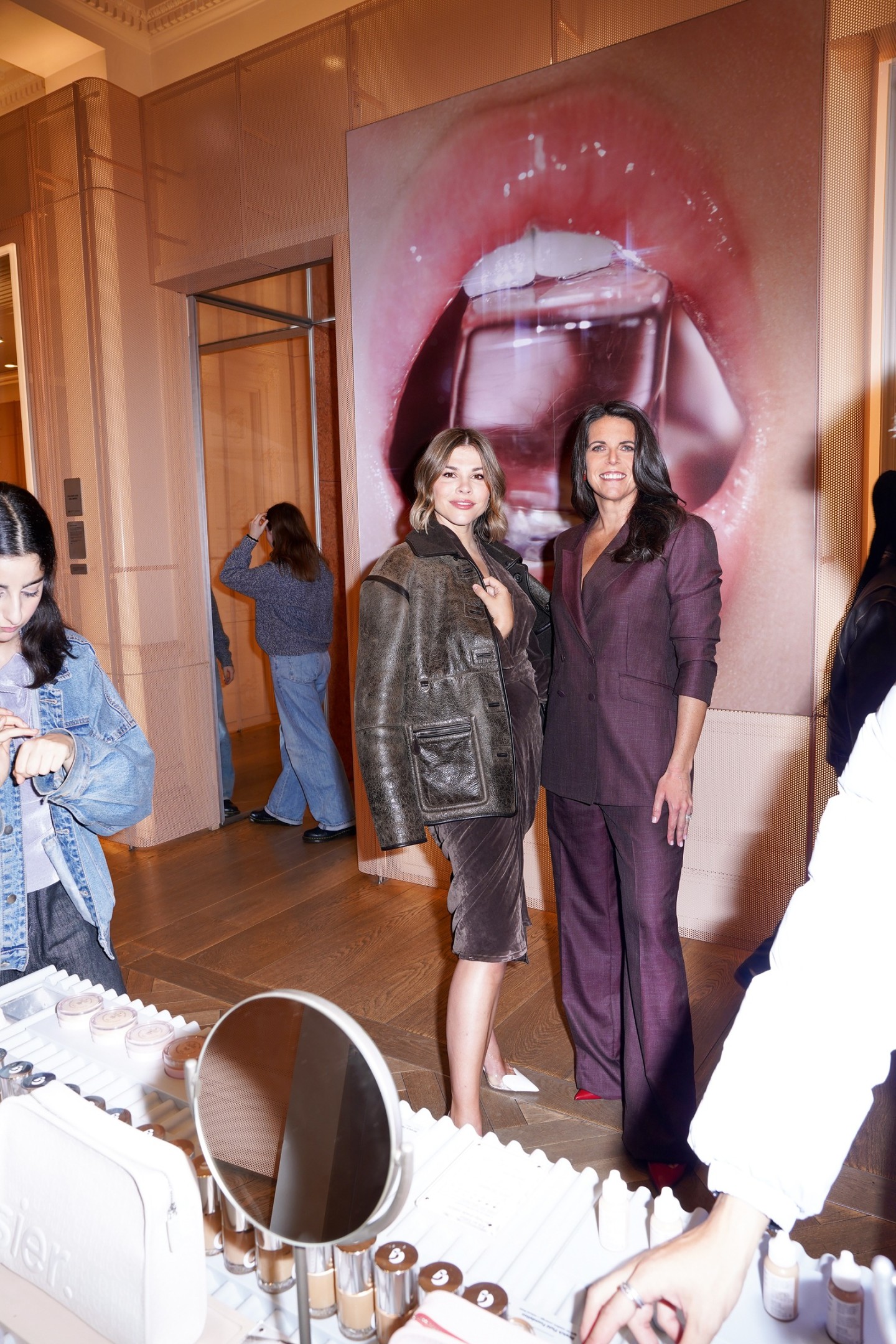
Roula Khalaf, Editor of the FT, selects her favourite stories in this weekly newsletter.
In a private dining room of a hotel in Soho, London, Emily Weiss, founder of cult US beauty brand Glossier, is hosting a lunch for a new pop‑up shop. All the cool-girl hallmarks are here: the box-fresh hotel no one’s been to before; the sold-out-within-minutes Phoebe Philo gold chain around Weiss’s neck; the select guest list of beauty editors and tastemakers. But this time it’s not a solo show for Weiss. Today, by her side is Glossier’s CEO, Kyle Leahy, less than two years in the role, currently working the room. And while it might be Weiss’s finger on the pulse, as Glossier prepares to enter its second decade, it’s very much Leahy’s finger that’s pushing the buttons.
For those yet to slick their brows into place with Boy Brow (£18), who haven’t queued around the block to buy a Glossier-emblazoned hoodie (£55), and don’t have a 14-year-old to update them on Glossier’s latest TikTok exploits (TikTok views of #glossier doubled from 1.2bn to 2.4bn in just nine months last year after it launched in multi-beauty retailer Sephora in February), here’s the story. In 2010, a 25-year-old former Condé Nast intern and occasional reality-show star starts a blog in her spare time, Into The Gloss, in which she interviews people (some of them famous) about the top shelf of their bathroom cabinets. On the back of its success, she develops a line of products in cute millennial pink packaging, and calls it Glossier. Launched in 2014, into a world of Kardashian-inspired make-up whose fans were busy contouring their faces as if their life depended on it, Glossier gained popularity as a beauty brand for “normal” people. But normal people who were actually quite cool. By 2019 Glossier was valued at $1.2bn.
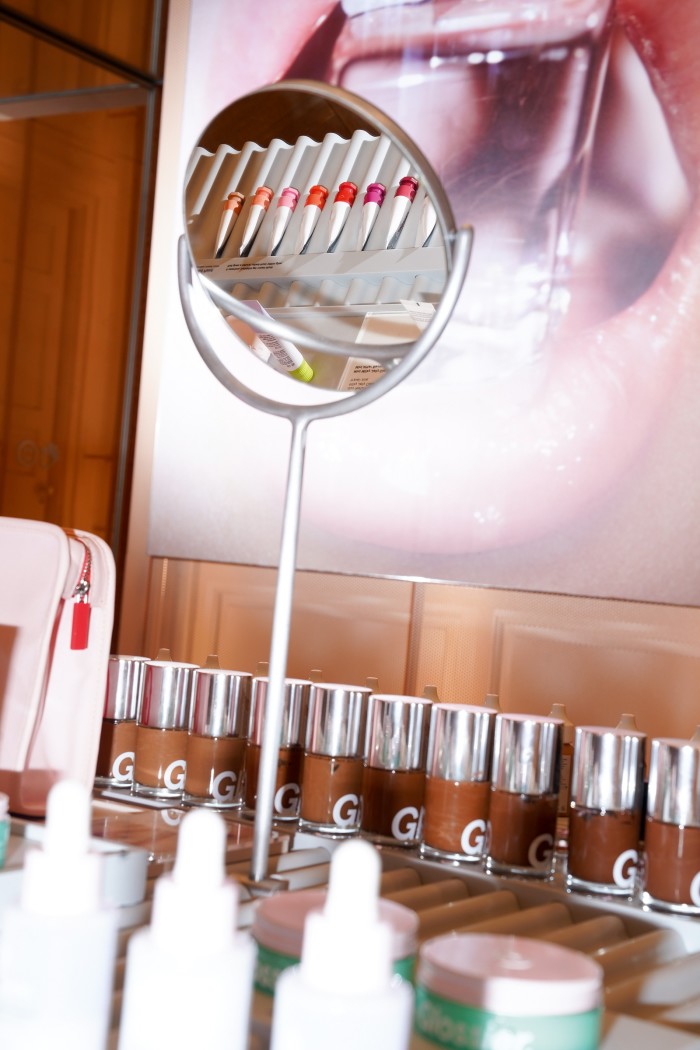
What could possibly go wrong? A global pandemic for starters. All bricks-and-mortar stores were closed, followed by a first round of redundancies that would eventually (by 2022) see one-third of corporate staff losing their jobs. There were also missteps: Play, the bright, sexy line of colour cosmetics launched in 2019 that quietly closed within a year of launch. An app that never saw the light of day. Then a cultural reckoning following the murders of George Floyd and Breonna Taylor, when the brand’s retail culture was widely criticised by former employees on an Instagram account, @outtathegloss. Despite a public apology and a Grant Program for Black-owned beauty businesses with investment of $1.4mn, by 2021 Glossier’s sales in the US were down 26 per cent. (The whole episode was documented in the much-publicised Glossy: Ambition, Beauty, and the Inside Story of Emily Weiss’s Glossier by Marisa Meltzer, to the delight of Weiss’s detractors, in September last year.)
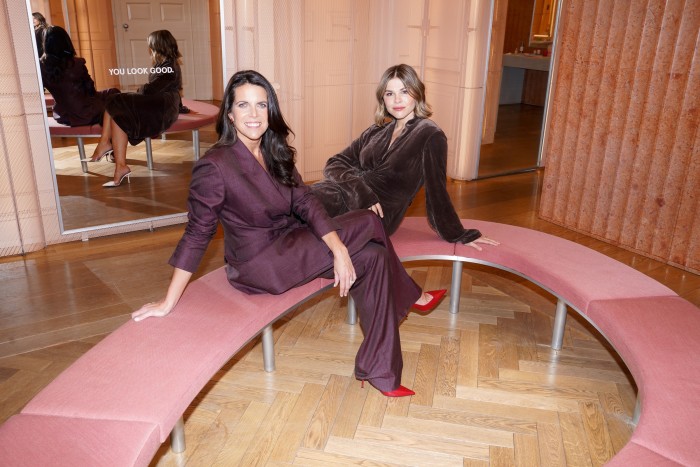
Leahy, a Harvard Business graduate with previous roles at Cole Haan and Nike, first joined Glossier as chief commercial officer in 2021, the year after Glossier’s image had begun to look tarnished. She stepped up to CEO in May 2022. She recognised that while Glossier’s community had grown through the first wave of social media – when algorithms weren’t so complex – this wasn’t the key to its success. “Glossier was disruptive; a pioneer. Its integration of social platforms and direct-to-consumer beauty had been so important to the way the brand could connect and foster conversations,” says Leahy. But, “we did a lot of soul-searching and it was very clear that our superpower is that we are a beauty brand, not a tech company. Tech might have been the means by which we connected with the community, but it’s not the reason people come to us now.
“The reality is that marketplaces evolve, channels evolve,” she continues. “And over the past decade the consumer has evolved pretty significantly.” The Glossier consumer, notably, began to come from a much wider age range. “When I launched the brand I was surrounded by peers,” says Weiss. “And now, you know, it’s 40-, 50-year-old women and their kids.” But Weiss is not keen to dwell on where they might have gone wrong; her focus is on changes that will securely root the future of Glossier: “This is my life’s work. I still believe that this will be the brand forever…”
Leahy and Weiss made the decision to move away from an exclusively direct-to-consumer, single-channel model that had initially proved to be so distinctive, and disruptive, towards wholesale. In the process, Weiss decided to step back as CEO in order to make way for Leahy, writing a letter to her “community” in which she talked about asking herself: “Am I the best person to lead the company, for where we are and where we’re headed? And if not, who is?” She became executive chairwoman of the brand.
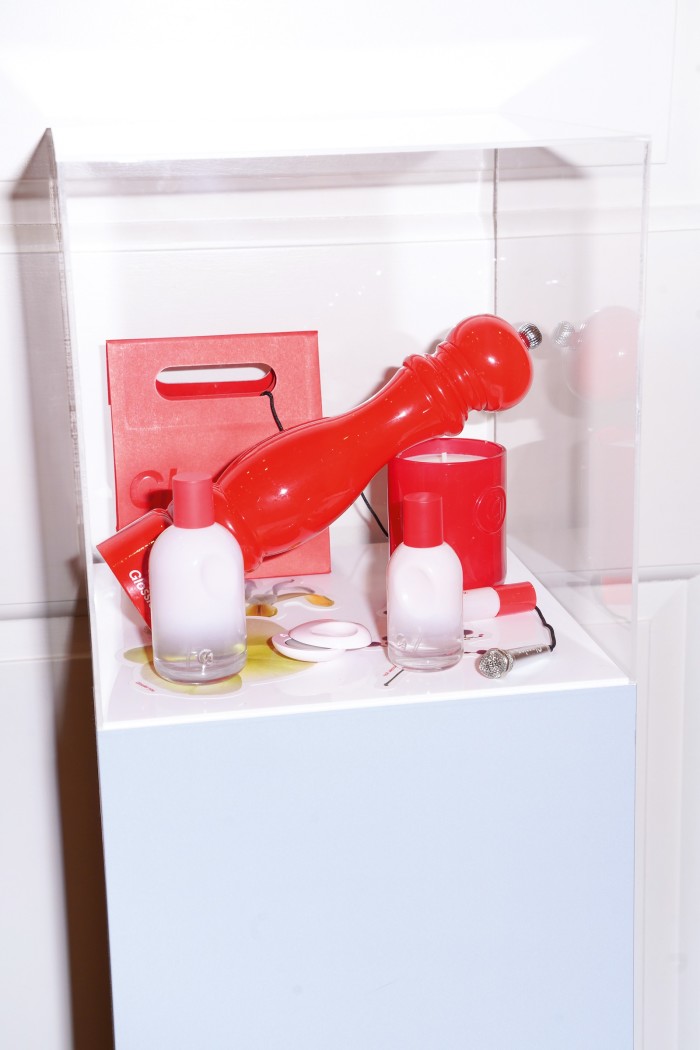

Leahy had to make hard decisions from the get-go. “We had to do some restructuring. It’s something you never take lightly but you do it with the lens of what’s best for the long term,” she says. Evolving the single-channel direct-to-consumer approach also meant pushing to become more global. Glossier now ships to more than 180 countries. “It’s that same bigness and openness that [originally] drew people in, and allows us to tap into the emotional zeitgeist and have a multigenerational appeal,” says Leahy.
More than 18 months on, retail sales for the brand – which now has 11 bricks-and-mortar stores around the world – are up 50 per cent year on year, with 2023 the second consecutive year of growth. Balm Dotcom tinted lip balm (£14) frequently sells out; the deodorant (£22) was at one time reported to have an 18,000-strong waiting list; while the fragrance Glossier You (£57 for 50ml, and which is designed to smell just like, well, you) is currently (as reported in October) the number-one seller in the US at Sephora. A bottle sells every 40 seconds. On the surface, the move into Sephora looks to have paid off, with sales consistently 50 to 70 per cent above forecast. The goal of surpassing $100mn in a year was reached.
Industry insiders are, for the most part, positive. John Demsey, former Estée Lauder executive, says: “I believe the positioning work led by the new team, coupled with the expansion to brand equity, building distribution like Sephora, has made the connection with the new emerging beauty generation.” Others point to the opportunity in terms of global sales, where Glossier has barely scratched the surface; the brand’s massive social-media following counts 50 per cent outside the US, many in areas that have only recently opened up to shipping.
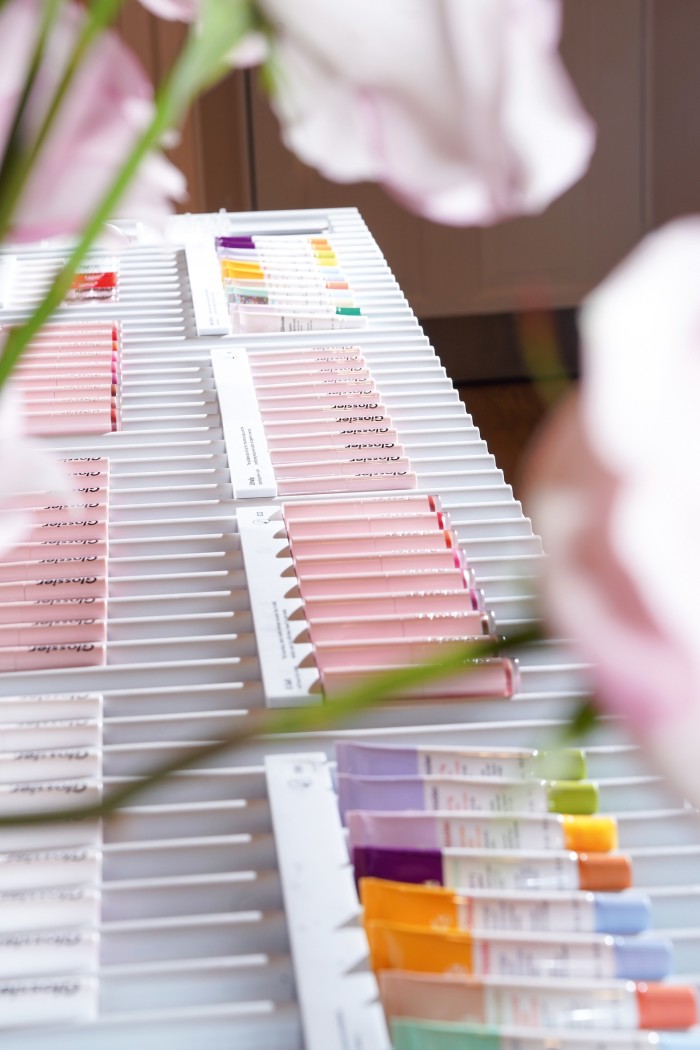
Glossier’s C-Suite is all-female. “I naively assumed that the beauty industry would be more female-led,” says Leahy. “And it was astonishing. Looking at the top 20 beauty companies in Europe, only three of them are led by a woman. The lack of representation [at the top] in a $500bn industry that has been built around women looking and feeling a certain way is shocking.”
The Covent Garden store, in London, next door to Apple, is the brand’s most successful. And once you get over the fact that the smiling staff look a bit like your average babysitter (young, cheery, a little bit on the scruffy side), what still impresses is just how many big-hitting products there are. The riot of colour and texture (take the touchy-feeliness of the exfoliating body soap); the quirky yet relatable names; and all its ensuing theatre, such as the conveyor belt that delivers your purchases. (Although, it has to be said, the cardboard handles on the bags are really uncomfortable.)
Is this what happens when a 25-year-old grows up with her “community”? Now 38, Weiss is still the embodiment of someone doing what she loves. Given that she is the mother of a 19-month-old girl, while Leahy is the mother of a girl and a boy aged five and two, I wonder if the multigenerational direction of Glossier and its goal to be a “100-year-old brand” will mean that their children will one day step into the firm, much like the families of Estée Lauder or Clarins? “I’ve let her play with the beauty bag and she’s putting it all on,” laughs Weiss. “And there’s been that moment as a parent where I’ve thought, ‘Should I encourage this?’ And I’ve asked myself, ‘What would Glossier do?’ And I think Glossier would say, ‘Have fun. Use as little or as much as you want. Go for it.’” Leahy nods. “If our girls grow up feeling more confident about themselves… That’s a gift for the next generation. And that is why we do what we do.”
Comments